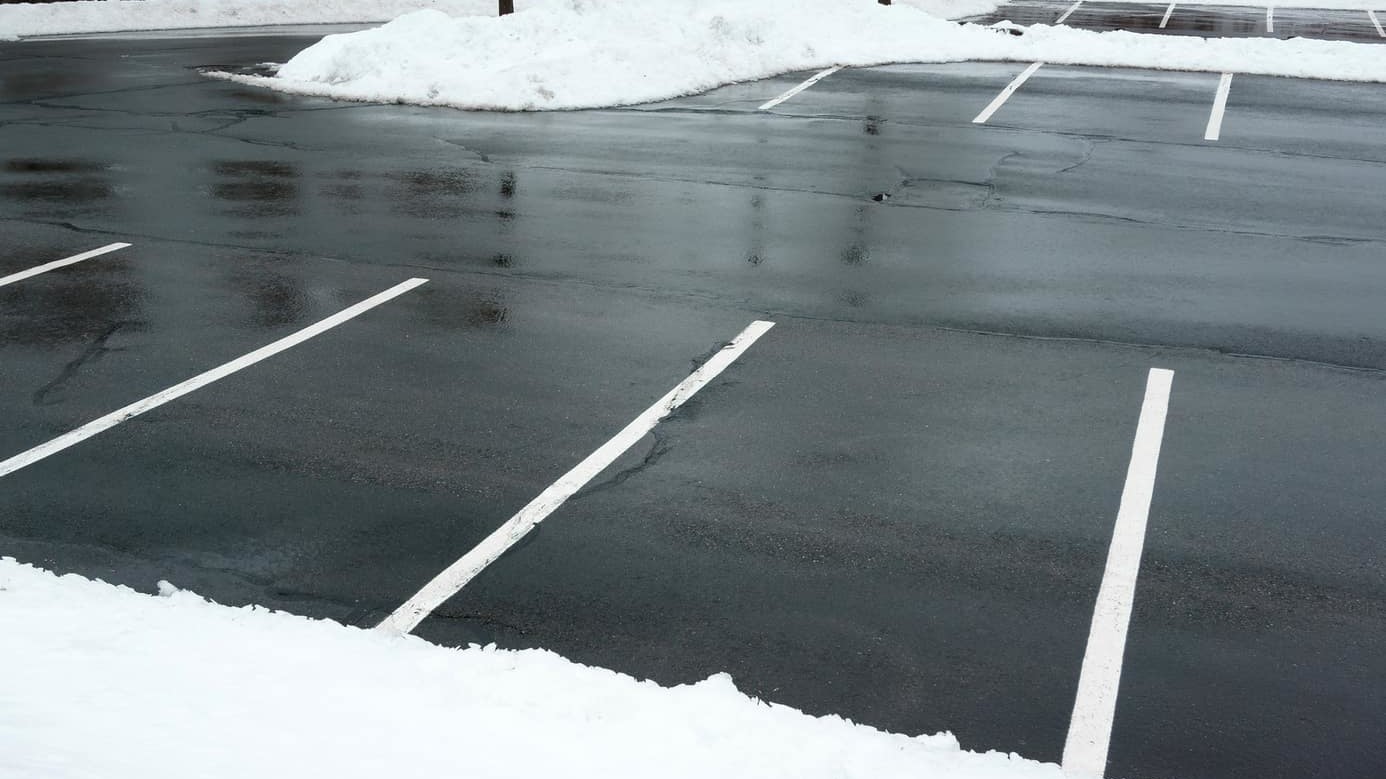
Original Article on healthcarefacilitiestoday.com
The winter deicing priorities of grounds maintenance staffs at facilities throughout the country don’t differ very much. They are charged with:
- Creating a safe outdoor environment for pedestrians and vehicles
- Doing so as quickly and cost-effectively as possible
- Protecting facilities’ indoor environment – particularly damage caused by deicing/anti-icing material residue on floors and carpeting
Hospital grounds maintenance personnel, on the other hand, may view their jobs a little differently. The aforementioned priorities hold true for them, too. But, hospital grounds maintenance staff also are concerned about the health and well-being of patients and creating a safe workplace in which clinical staff can care for patients. And, the healthcare facility’s reputation is of utmost importance. Who wants to be admitted to a hospital that allows unsafe conditions – outside or in?
These priorities are even more applicable in Northern, Northeastern and Midwestern states, where average daily mid-winter temperatures can remain below zero degrees Fahrenheit. For grounds maintenance personnel in such climates, the job they do from 5:00 a.m. to 5:00 p.m. in the spring and fall becomes a 24/7 job in the winter.
A hospital’s variety of outdoor surfaces require different deicers/anti-icers appropriate to the vehicular and pedestrian traffic that utilize them. So, many facilities stock and use a variety of materials, depending upon snow/ice conditions and the types of surfaces being treated. These materials often include sodium, calcium and magnesium chlorides, bulk sodium chloride and, sometimes, blends of some of these materials.
Like other snow and ice management personnel in other industries, hospital facilities managers are aware of the threats to the environment, pets and humans posed by chloride-based deicers/anti-icers. And, the damage these materials cause inside buildings has become more widely known. When chloride-based products are applied in these areas, they get tracked into the buildings – and it’s surprising how far into a building these products can be tracked. The use of granular chloride products results in ‘hidden’ costs that build up over the years: damage to floors and carpeting indoors and corrosion of doorways, concrete, asphalt, stone walkways and metal such as railings and doors outside. For this reason, many facilities personnel have been on the lookout for chloride-free ice melters that can be used for targeted use, particularly at entryways and stairways.
In search of environmentally-friendly de-icers/anti-icers
In recent years, grounds maintenance supervisors across a variety of industries have sought out new, more environmentally-friendly deicer/anti-icing products. That’s because chloride-based products – sodium, calcium and magnesium chlorides – harm not only outdoor and indoor infrastructure, but humans, pets, plants and aquatic life, too.
Some chloride-based products can burn human skin when contacted. If inhaled, dust particles can cause severe irritation. If ingested, they can cause severe irritation and bouts of vomiting and diarrhea. When cats and dogs walk on surfaces treated with some chloride-based products, they often experience painful burning, inflammation and cracked pads. If they lick their paws and ingest the salt, they may experience symptoms including excessive thirst, vomiting and diarrhea.
When most chloride salts spread from sidewalks and driveways into nearby soil, they can have a defoliating effect on trees and other plants, and they interfere with plants’ ability to absorb vital nutrients including water, potassium, calcium and magnesium.
The benefits of potassium formate technology
A new alternative to chloride-based ice melt products is a liquid deicer based upon potassium formate technology that is 100% chloride free and readily biodegradable. It is safer for people, pets, plants, metal, concrete and other surfaces. In fact, its toxicity rate is significantly lower than that of chloride-based products and potassium acetate.
Ice and snow removal contractors have been attracted to liquid ice melt/deice products largely because they are much easier to apply (no need to lug a bag of granular product across walkways and up and down stairways to apply – and no need to continually dip a gloved hand or a scoop into the bag). Spray applications are far more efficient and easy to use – and they provide for very precise application rates.
For many building owners and facilities managers, consumer concerns about child and pet-based eco-friendliness are viewed as of secondary importance. After all, children and pets are not typically traversing or playing on the grounds of office buildings and office parks. But the office’s indoor “environment” is also negatively impacted by some ice melt/deice materials. When tracked into a facility, certain chloride deicers leave a white residue that can dull the finish of floors and fade the color of carpets. Other chloride-based products coat floors with an oily, slippery residue that damages wax and urethane finishes, posing a safety risk to employees and visitors.
By contrast, the neutral pH formulations of certain potassium formate technology deicers eliminate tracking, leaving no residue. This reduces near-term labor costs associated with manual cleaning, estimated at $50 per entrance per day according to the International Sanitary Supply Association’s Clean Management Institute. And with no tracking and no residue, the building’s floors and carpets are safer to walk, too.
Outdoors, formic technology deicers create a safer environment more quickly than chloride-based deicers. For example, some formic technology deicers have a speed of melt of about 30 to 50 seconds by reducing the freezing point to temperatures as low as minus 63 degrees Fahrenheit. These deicers quickly and reliably remove thin layers of ice and prevent new snow and ice from accumulating. By contrast, chloride-based granular deicers take a minimum of three to five minutes to achieve an acceptable melt – and as much as 10 minutes.
Most users will achieve a lower application cost per 1,000 sq. ft. with liquids than with granular deicers because of the ease and speed of application and the reduced amount of product needed to produce an acceptable melt.
For grounds maintenance personnel seeking deicing/anti-icing materials that are effective, affordable, non-corrosive and do not cause tracking indoors, potassium formate technology deicers/anti-icers are worth a look.